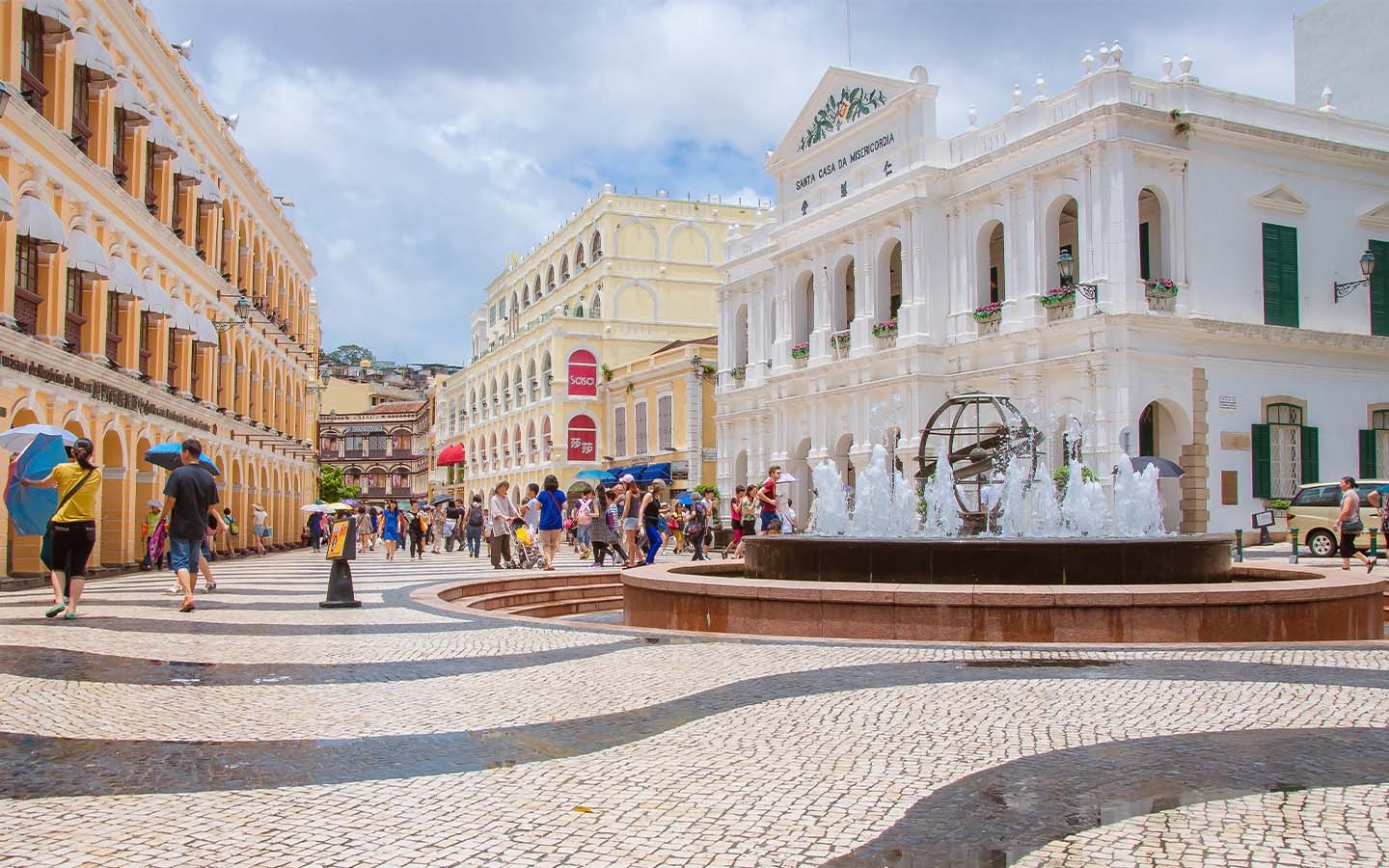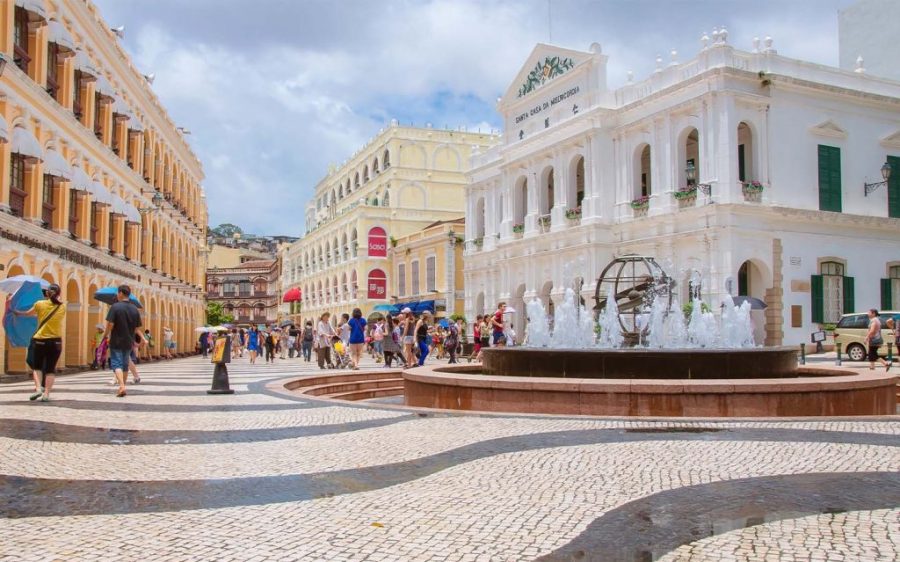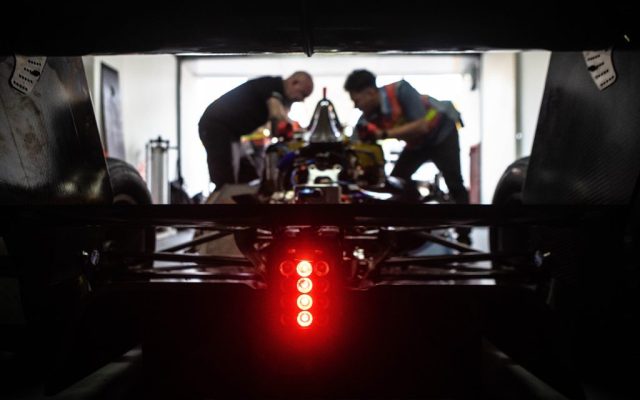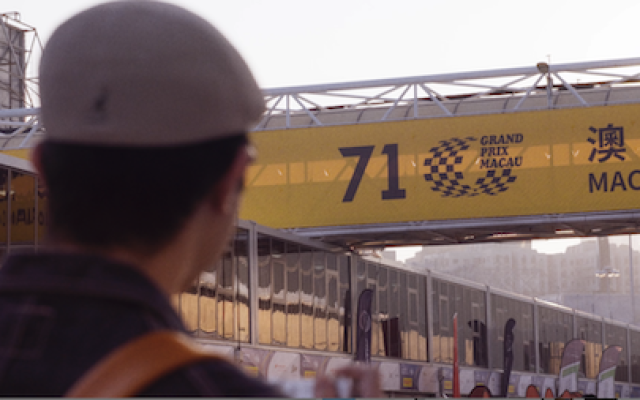It’s known for its cobblestone streets, old churches and egg tarts. When you get tired of walking around, you can unwind in peaceful praças (plazas) and admire the azulejo tiles. On a hot summer day, there’s no shortage of restaurants serving vinho verde, the refreshing white wine produced in northern Portugal.
No, this isn’t Lisbon. You can find all this and more in Macao.
For centuries a Portuguese-administered city, Macao has retained many influences from its Iberian brethren. Whether it’s the calçada Portuguesa paving in Lilau Square or the canary yellow paint coating the Coloane Library, many parts of the SAR look just like snapshots from Portugal’s capital city.
Macao is, in other words, a perfect destination dupe.
What is a destination dupe?
If you scan TikTok trends, you will discover billions of views for #dupe (short for “duplicates”). The viral hashtag highlights affordable or more convenient alternatives to anything from beauty products to designer garments. Now, the trend has reached travel.
Last November, Expedia named destination dupes one of the top travel trends for 2024.
Want to go to Switzerland but can’t take time off work? Stay closer to home with a trip to Sapporo, Japan. Flights to Sydney too expensive? Perth offers an affordable alternative with much of the same great activities. Worried about over-tourism in Santorini? Visit quieter Paros, Greece.
[See more: Not just in museums: Where to find Macao’s living Portuguese connections]
Whether it’s lower prices, easier access or fewer crowds, destination dupes offer excellent alternatives for travellers today. Some of these lookalikes may be more interesting and unexpected, too.
For proof, look at Macao.
Looking at Lisbon? Try Macao instead.
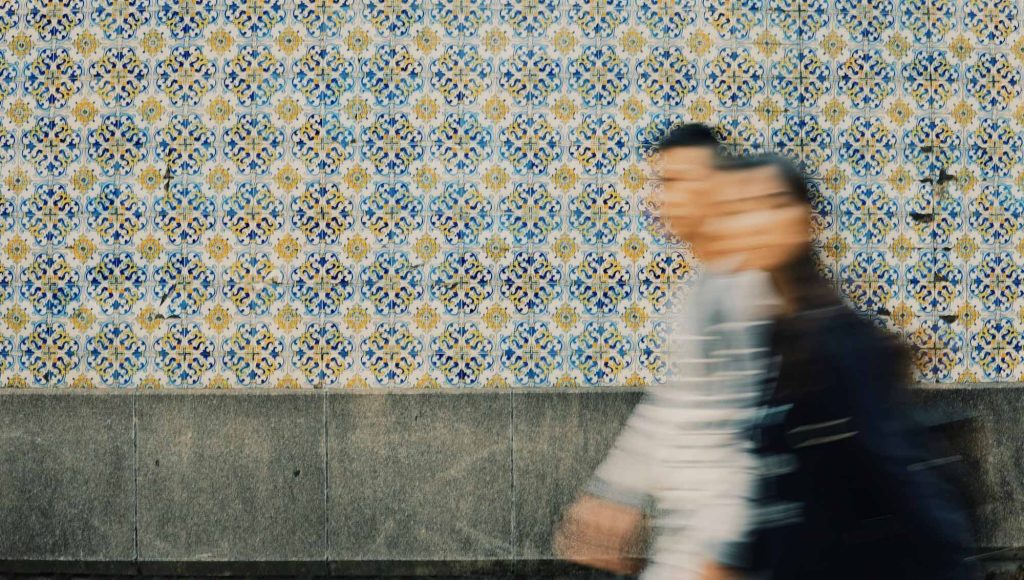
In the past decade, Lisbon transformed from a sleepy capital into a bustling tourism destination, teeming with up to 40,000 visitors each day.
As word spread about affordable prices for food, drinks and flights, travellers came in droves, filling up Lisbon’s beaches, back-alleys and central Baixa district, the downtown hub known for its Pombaline architecture, quaint cafés and blue and white azulejo tiles.
Macao offers much of the same scenery. While it can’t promise to be any less crowded than Lisbon, Macao is a great Lisbon dupe for travellers whose home base is in Asia, or who would like a dose of Europe on a multi-destination Asian itinerary.
Senado Square might be the most obvious comparison point. The UNESCO-listed heritage site in the Sé district features the same flowing paving designs you find in the Praça do Rossio, the beating heart of Lisbon’s Baixa.
European-style buildings and listed monuments surround Senado Square, too, from St. Dominic’s Church to the Holy House of Mercy.
Nearby you’ll find the Ruins of St. Paul’s – the famed facade of the 17th century Church of Mater Dei – and the rebuilt Sé Cathedral. Just across the Avenida de Almeida Ribeiro, the busy road that bisects the Macao Peninsula, there’s quaint St. Augustine’s Square, a cobblestone public space that’s home to other historical sites and colonial-style buildings, such as Dom Pedro V Theatre and St. Augustine’s Church.
[See more: City of the Name of God: A guide to Catholic Macao]
But the connections run deeper than the buildings of the Macao Peninsula.
Across the water, pastel-coloured homes from the colonial era line Taipa Village. Further south, in Coloane, the Chapel of St. Francis Xavier and Coloane Library showcase Portuguese influence. Like Lisbon, Macao even has quiet beaches, such as Hac Sa, that are ideal for sunny days.
‘Only in Macao’ surprises
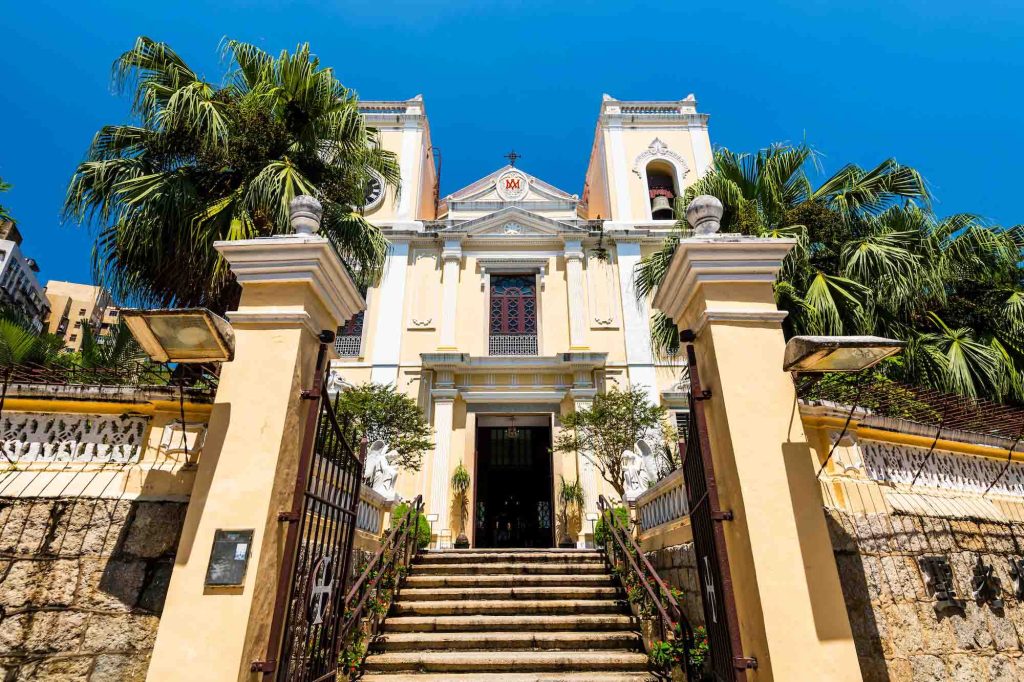
It doesn’t take much imagination to see the links between the two destinations. But look past the Portuguese architecture and you’ll discover the qualities that make Macao unique.
Just south of St. Augustine’s Square sits the bright yellow St. Lawrence’s Church, one of Macao’s oldest churches – originally built in 1560 – and most vivid reminders of its Portuguese past. Yet a block away sits the Mandarin’s House, the residence and family home of the late Qing-era reformer Zheng Guanying.
While it was built in the style of a traditional Chinese compound, the Mandarin’s House also blurs eastern and western influences. Chinese timber lattice windows and Indian mother-of-pearl window panels marry with Western-style bricks to form a structure you can only find in Macao.
A few minutes away by foot, the Mughal-style Moorish barracks reflect the influence from Portuguese Goa. And just beyond them stands Macao’s oldest and most important site, A-Ma Temple. The complex was built before Macao even existed, and it unites Buddhism, Confucianism and Taoism in one place of worship.
But arguably nothing represents the cultural melting pot that is Macao more than its food. Dishes such as African chicken (grilled chicken smothered in a piri piri-like sauce infused with Asian spices) and minchi (minced beef or pork and potatoes stir-fried with seasonings such as soy and Worcestershire sauces, then topped with a fried egg) blend global influences brought to Macao by the Portuguese.
[See more: The Internet asked, ‘What is Macao chicken?’ and we answered]
While you can find bits of Portugal in Macao, you can’t readily find Macao in Portugal.
Across the SAR, you’ll find restaurants serving Portuguese cuisine. Landmarks such as Lord Stow’s serve decadent egg tarts and Fernando’s in Coloane offers Portuguese-style prawns in clam sauce, for example. But in Lisbon, you’re unlikely to discover bone-in pork chop buns like those at Sei Kee Cafe in Taipa.
Travel the world in just 6 square kilometres
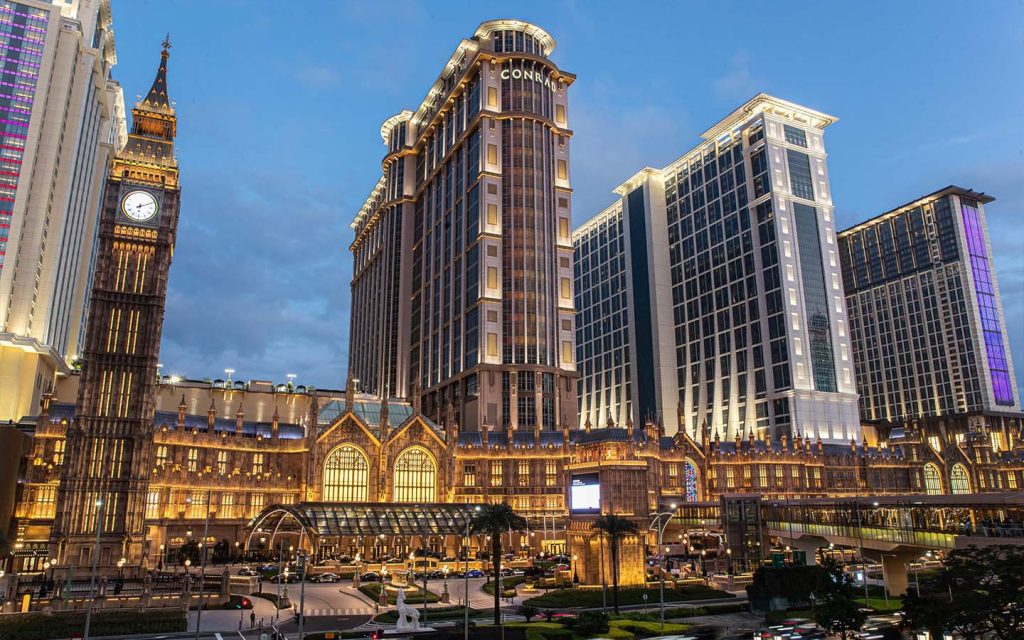
Macao is more than just a Lisbon dupe, too.
Across Cotai, the reclaimed land that today houses the SAR’s biggest hotels, restaurants and entertainment and gaming hubs, you can experience Italy, Paris, London, Beijing and beyond.
Inside and outside The Venetian, visitors ride in gondolas captained by boatmen in striped shirts. The Londoner boasts a perfect replica of Big Ben and blasts classic British rock from its speakers. It also houses suites designed by David Beckham and celebrity chef Gordon Ramsay’s namesake bar and grill.
Studio City glimmers with Hollywood glamour. A replica of the Eiffel Tower stands tall in front of The Parisian.
Cotai has brought some of the world’s signature sites to Macao, and more seem to arrive each year.
Clambering up the replica Eiffel Tower may not compare with doing the real thing in Paris. But one thing is certain: like exploring a little slice of Lisbon in Asia, travelling from London to Paris to Venice in just a few minutes by foot is an experience you won’t find anywhere except Macao.
